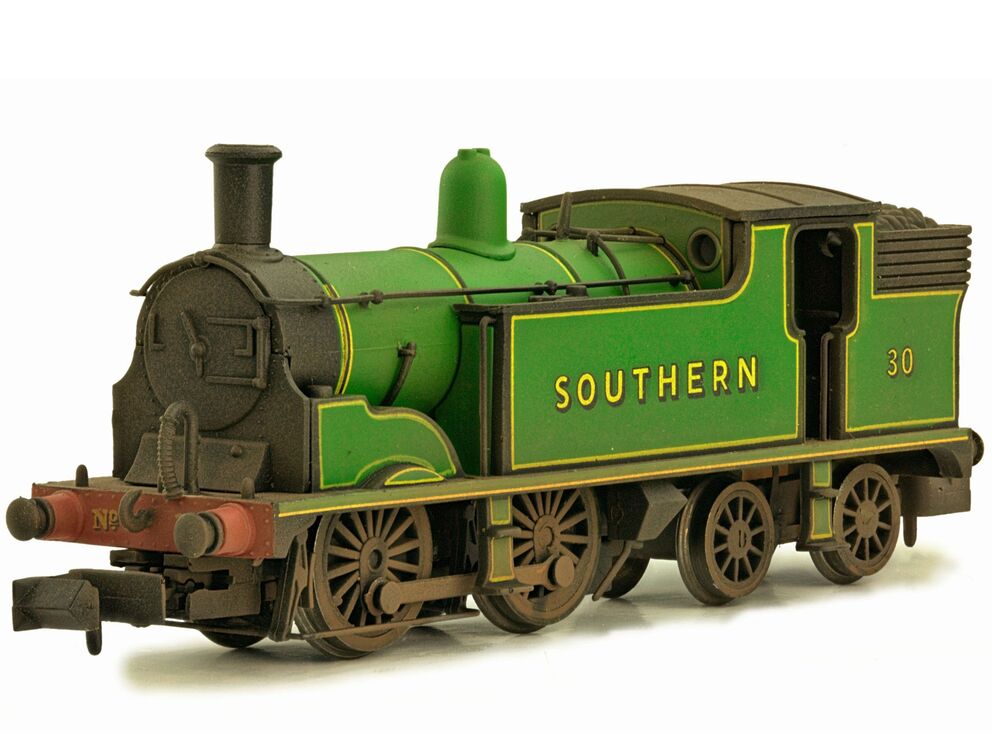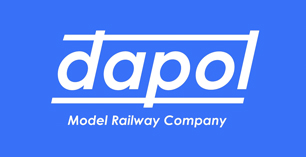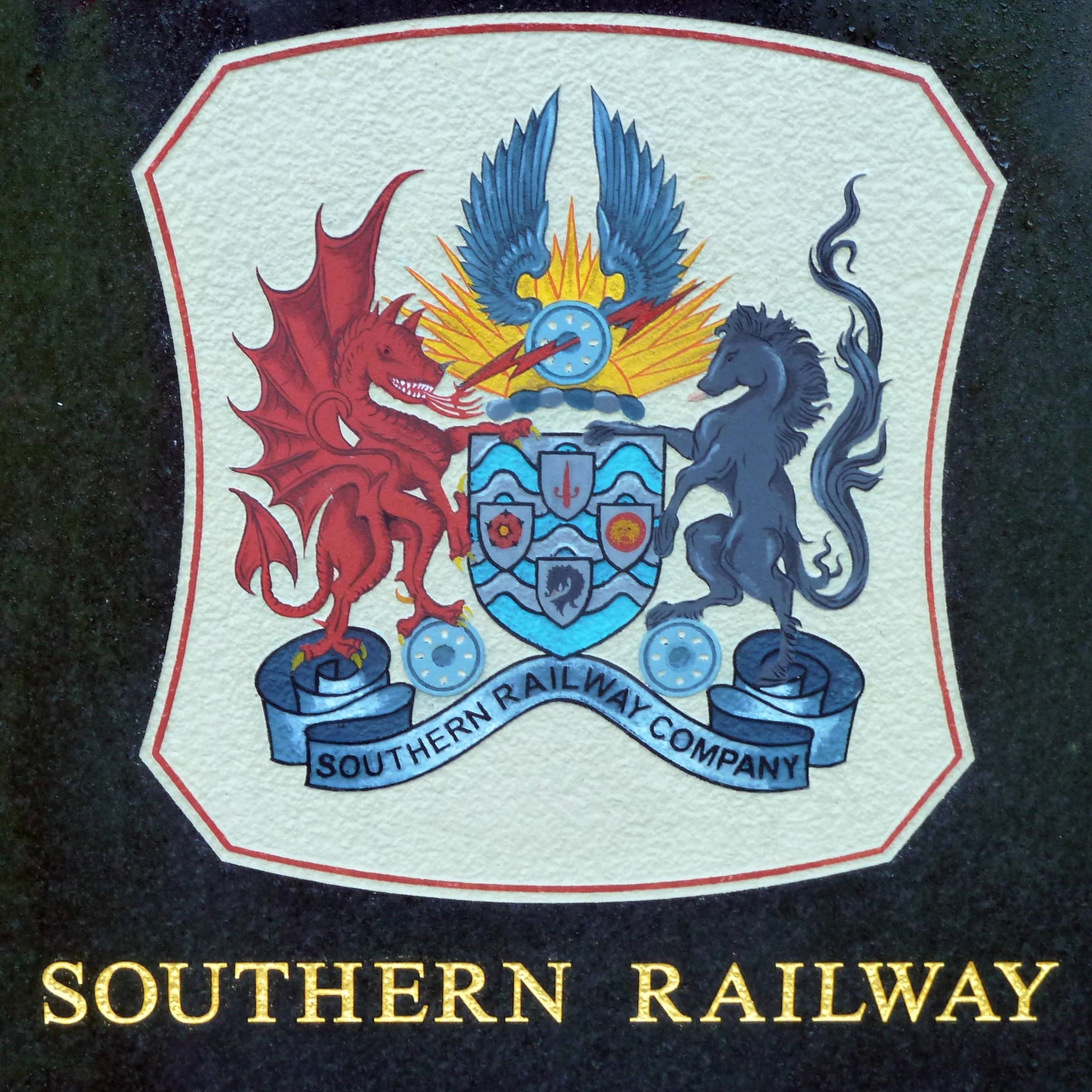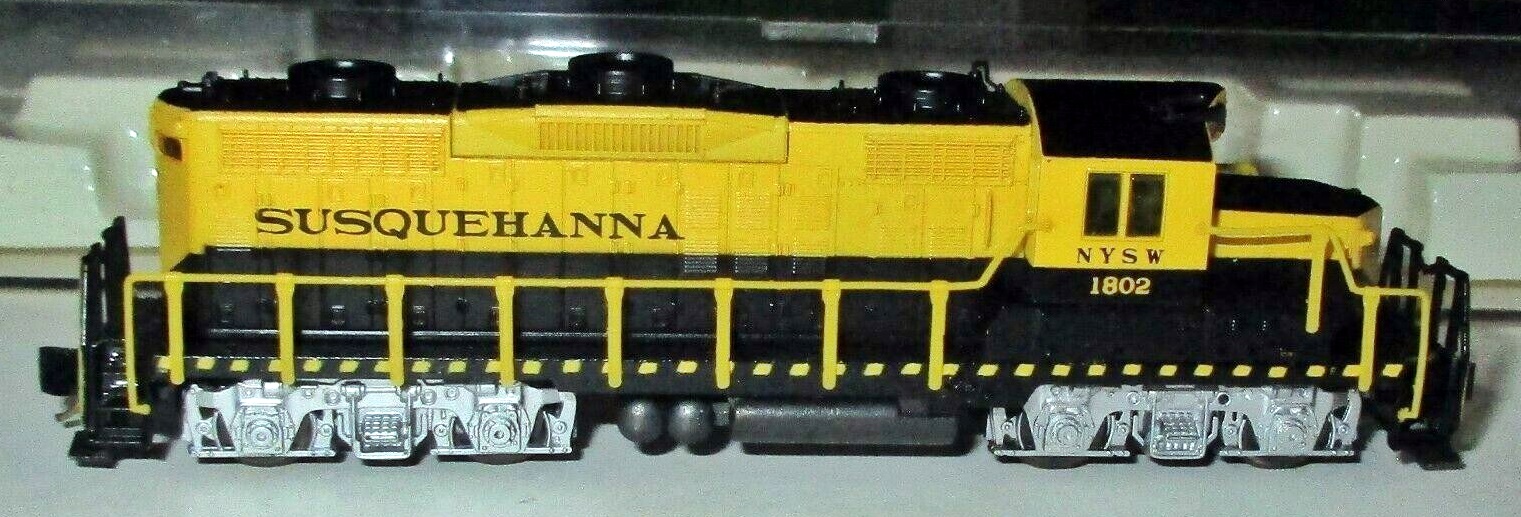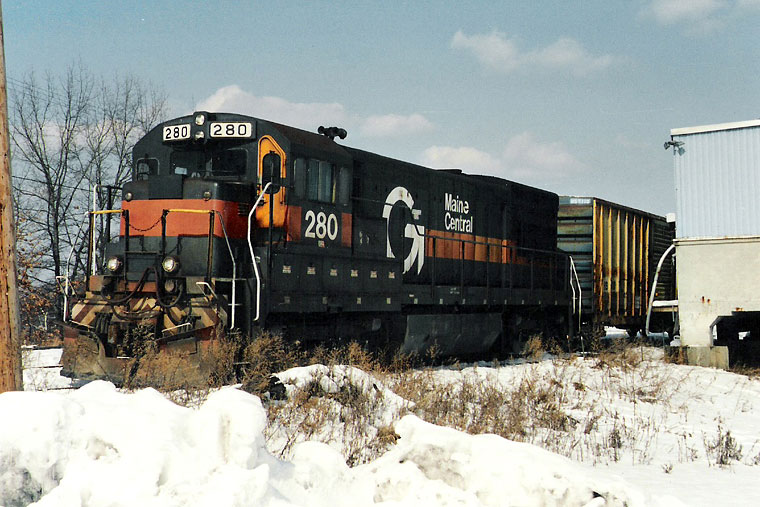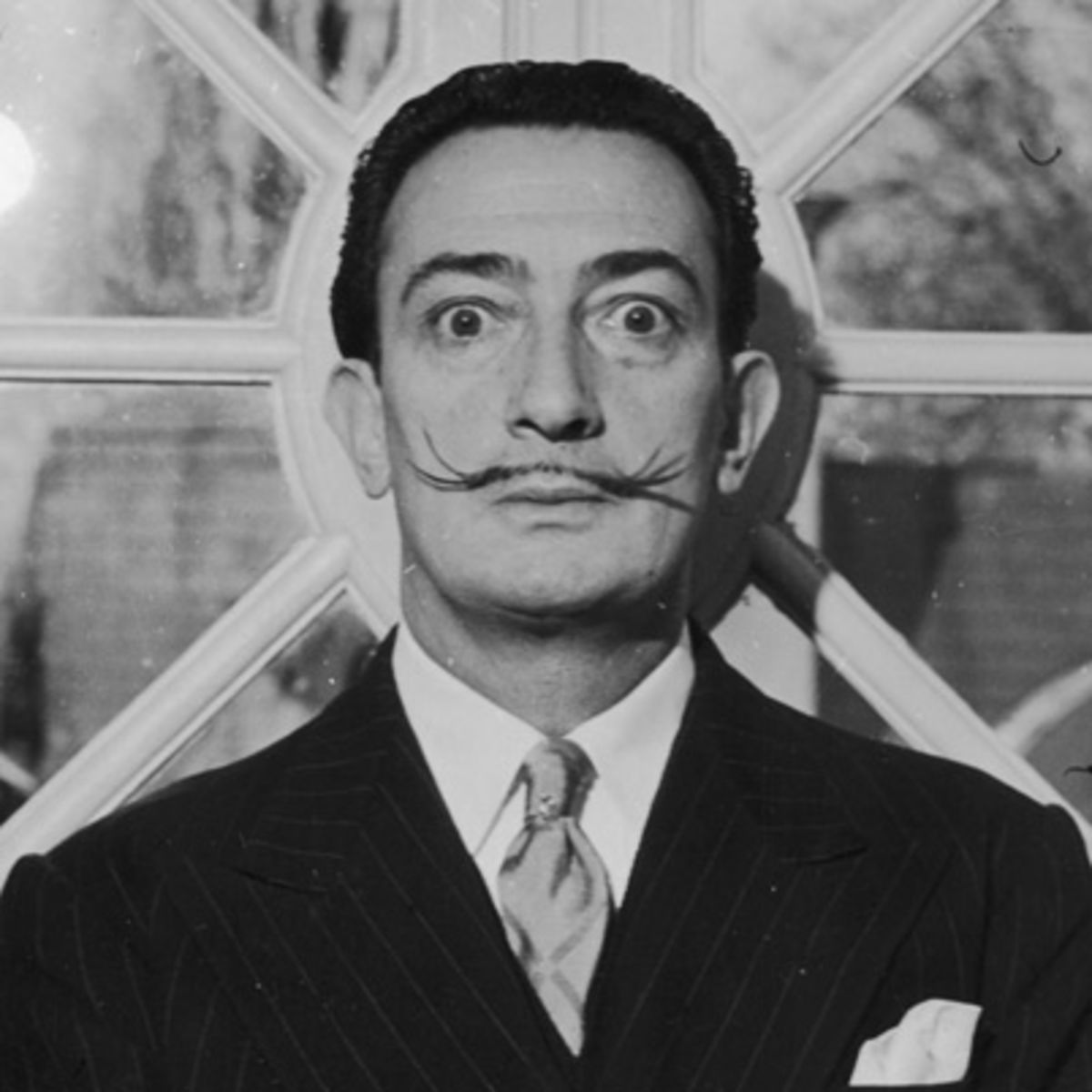Specific Item Information: The LSWR M7 class is a class of 0-4-4 passenger tank locomotive built between 1897 and 1911. Drummond designed the class for use on the intensive London network of the London and South Western Railway (LSWR), the locomotive proved to be well suited to such tasks. Because of their utility, 105 were built, 95 being built at Nine Elms Works with the remaining ten being built at Eastleigh Works. The class went through several modifications over five production batches. For this reason, there were detail variations such as frame length. Many of the class were fitted for push-pull operations, that enabled efficient use on branch line duties.
Under LSWR and Southern Railway ownership they had been successful suburban passenger engines, although with the increased availability of newer, standard designs, many of the class were diagrammed to take on a new role as reliable branch line engines, especially in Southern England.
Many of the class also entered service with British railways. With members of the class lasting in service until 1964 Two examples have survived into preservation: number 245 in the National Railway Museum, and 53 (as BR 30053) on the Swanage Railway. The rest of the class were scrapped. One locomotive was withdrawn in 1937, one in 1938 and the remainder being withdrawn between 1957 and 1965.
Under LSWR and Southern Railway ownership they had been successful suburban passenger engines, although with the increased availability of newer, standard designs, many of the class were diagrammed to take on a new role as reliable branch line engines, especially in Southern England.
Many of the class also entered service with British railways. With members of the class lasting in service until 1964 Two examples have survived into preservation: number 245 in the National Railway Museum, and 53 (as BR 30053) on the Swanage Railway. The rest of the class were scrapped. One locomotive was withdrawn in 1937, one in 1938 and the remainder being withdrawn between 1957 and 1965.
Road Name History: The Southern Railway (SR), sometimes shortened to 'Southern', was a British railway company established in the 1923 Grouping. It linked London with the Channel ports, South West England, South coast resorts and Kent. The railway was formed by the amalgamation of several smaller railway companies, the largest of which were the London & South Western Railway (LSWR), the London, Brighton and South Coast Railway (LBSC) and the South Eastern and Chatham Railway (SECR). The construction of what was to become the Southern Railway began in 1838 with the opening of the London and Southampton Railway, which was renamed the London & South Western Railway.
At 2,186 miles (3,518 km), the Southern Railway was the smallest of the Big Four railway companies and, unlike the others, the majority of its revenue came from passenger traffic rather than freight. It created what was at that time the world's largest electrified main line railway system and the first electrified InterCity route (London—Brighton).
The Southern Railway operated a number of famous named trains, including the Brighton Belle, the Bournemouth Belle, the Golden Arrow and the Night Ferry (London - Paris and Brussels). The West Country services were dominated by lucrative summer holiday traffic and included named trains such as the Atlantic Coast Express and the Devon Belle. The company's best-known livery was highly distinctive: locomotives and carriages were painted in a bright Malachite green above plain black frames, with bold, bright yellow lettering.
The Southern Railway was nationalised in 1948, becoming the Southern Region of British Railways.
From Wikipedia
At 2,186 miles (3,518 km), the Southern Railway was the smallest of the Big Four railway companies and, unlike the others, the majority of its revenue came from passenger traffic rather than freight. It created what was at that time the world's largest electrified main line railway system and the first electrified InterCity route (London—Brighton).
The Southern Railway operated a number of famous named trains, including the Brighton Belle, the Bournemouth Belle, the Golden Arrow and the Night Ferry (London - Paris and Brussels). The West Country services were dominated by lucrative summer holiday traffic and included named trains such as the Atlantic Coast Express and the Devon Belle. The company's best-known livery was highly distinctive: locomotives and carriages were painted in a bright Malachite green above plain black frames, with bold, bright yellow lettering.
The Southern Railway was nationalised in 1948, becoming the Southern Region of British Railways.
From Wikipedia
Brand/Importer Information: Dapol Ltd is a Welsh model railway manufacturer based in Chirk, Wales. The factory where design and manufacturing take place is just over the border in England. The company is known for its model railway products in N gauge and OO gauge. Dapol's name is a play on its founders David and Pauline Boyle's names. He owned a model concern Highfield Birds & Models. In 1981 he first tried to buy the Airfix and Mainline ranges. The Dapol brand name was first used in a Railway Modeller advert of September 1983. The first Dapol wagons (for OO) were announced to become available on 20 November 1983. From 1 March 1984 ex Airfix railway kits became available.
Dapol manufactures a growing range of N gauge locomotives, coaches and wagons, and is the main competitor of Graham Farish in the British 'ready-to-run' market. Continuous improvement in model specifications has led to the introduction of 40:1 gearing in locomotive drive mechanisms, NEM couplings on all stock, and LED lighting strips for coaching stock (yellow for 'older' coaches, to represent incandescent illumination, and white for more modern coaches and EMUs to represent fluorescent fittings).
Dapol manufactures a growing range of N gauge locomotives, coaches and wagons, and is the main competitor of Graham Farish in the British 'ready-to-run' market. Continuous improvement in model specifications has led to the introduction of 40:1 gearing in locomotive drive mechanisms, NEM couplings on all stock, and LED lighting strips for coaching stock (yellow for 'older' coaches, to represent incandescent illumination, and white for more modern coaches and EMUs to represent fluorescent fittings).
Item created by: CNW400 on 2022-02-10 12:40:38
Last edited by: CNW400 on 2022-02-10 12:41:16
If you see errors or missing data in this entry, please feel free to log in and edit it. Anyone with a Gmail account can log in instantly.
Last edited by: CNW400 on 2022-02-10 12:41:16
If you see errors or missing data in this entry, please feel free to log in and edit it. Anyone with a Gmail account can log in instantly.


